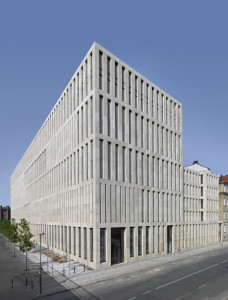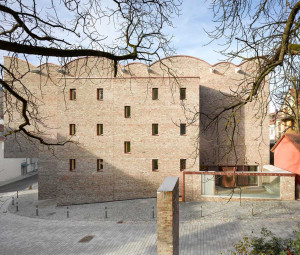da U+D Urbanform and Design n° 1 LINK Murario tedesco U+D Strappa
Category Archives: LAB 2
Savero Muratori – Concorso per la sistemazione dei padiglioni del Crystal Palace
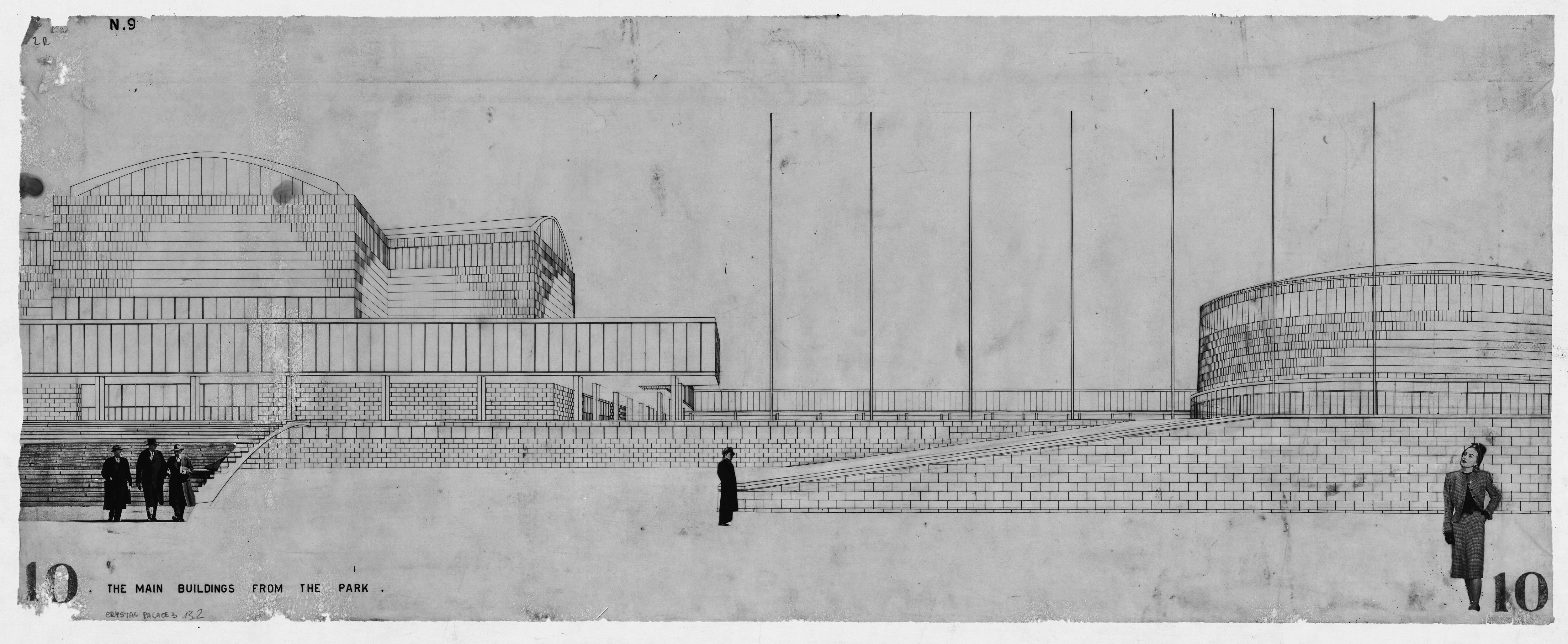
Concorso a inviti per la sistemazione dei padiglioni del Crystal Palace di Paxton , da trasformare in un nuovo complesso per esposizioni, spettacoli, attività sportive, integrato ad un parco di 200 acri. SydenhamLondra, 1945-46 (Biblioteca Poletti – Modena)
Progetto vinto da Herbert Jackson e Reginald Edmuns
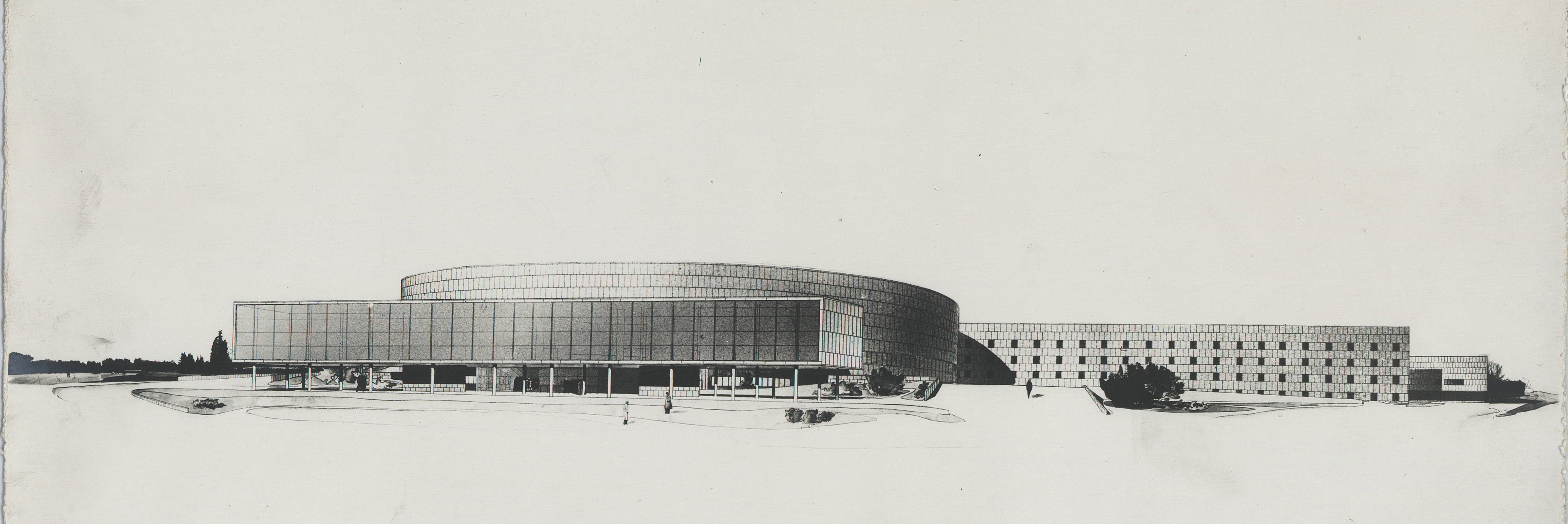
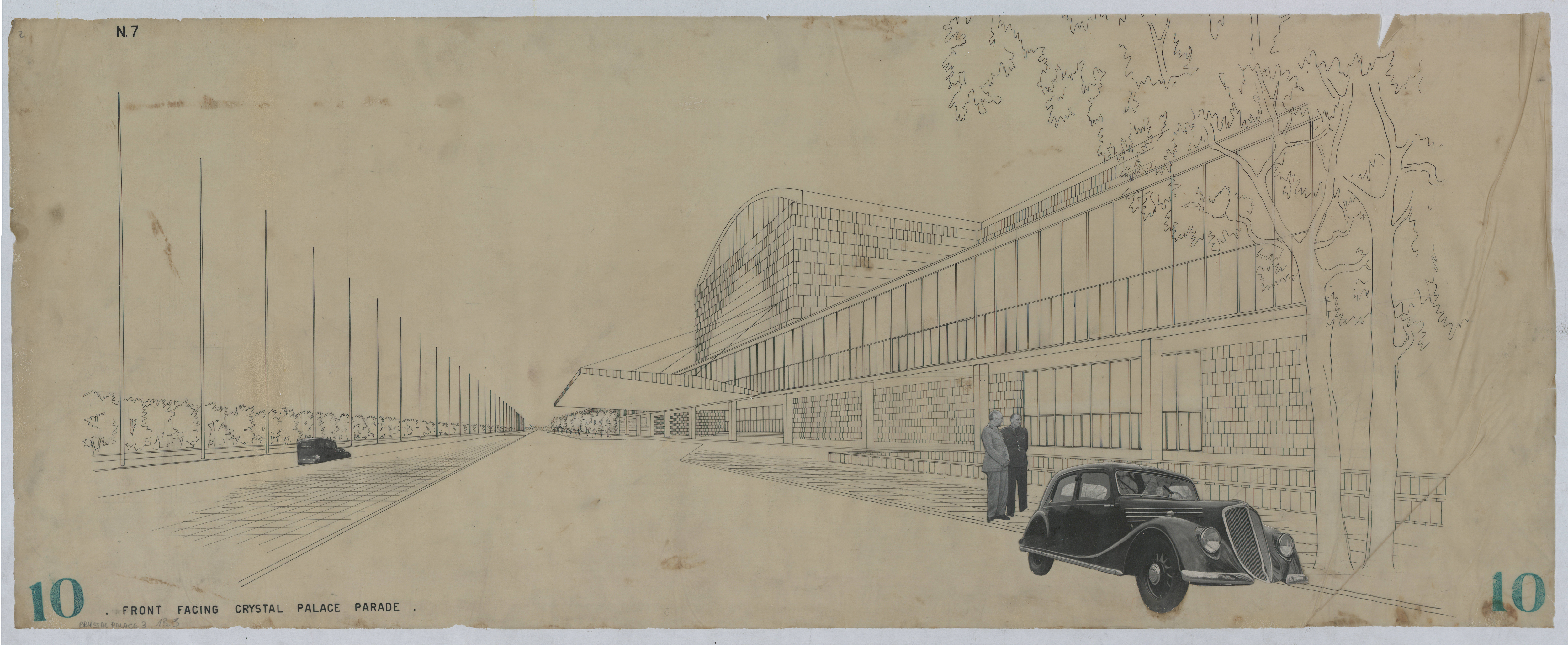
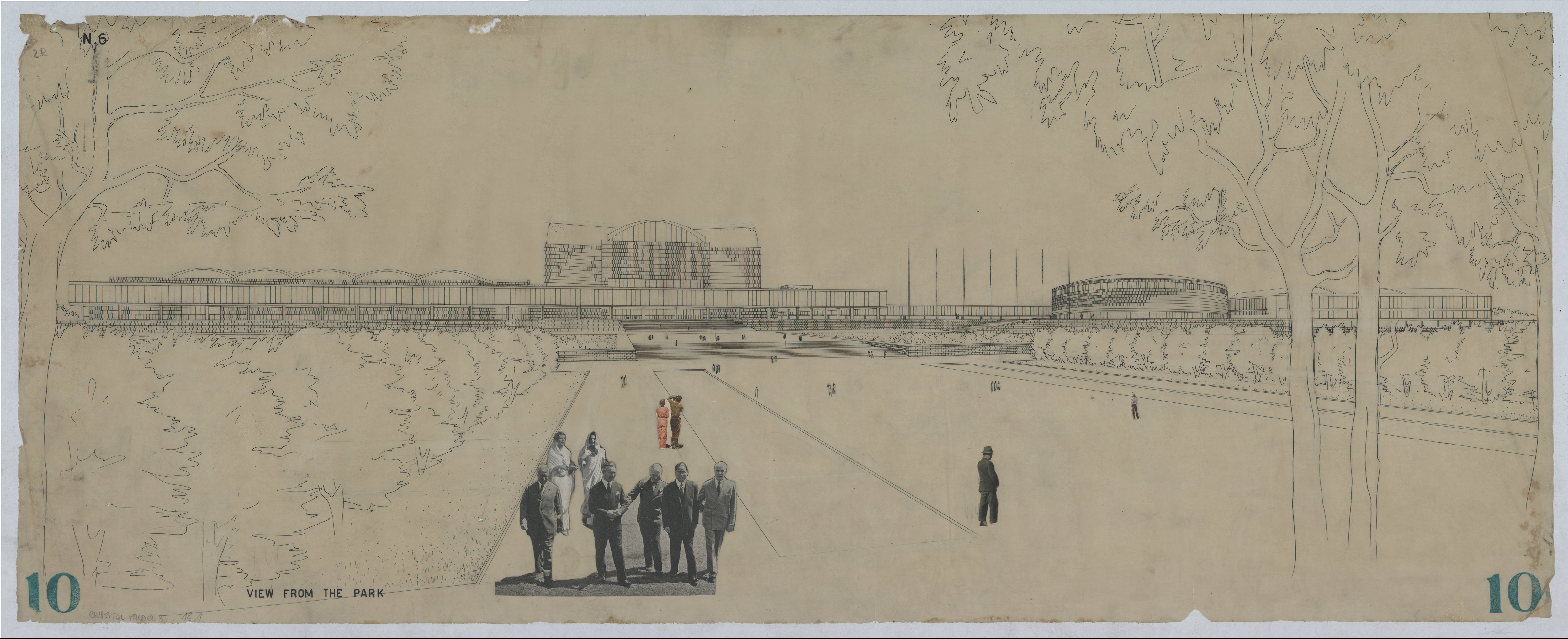
TERRITORY IS ARCHITECTURE (Sapienza Urban Morphology Course – lect.3)
Some students of my UM course asked me to publish the pp of the last lecture on territory. The slides are here presented without the overlapping drawings I made during the lecture (lost when the file was closed). It might be a good exercise for them to redraw the route’s hierarchy on the mute bases.

PROCESS BASED ARCHITECTURAL DESIGN (video)
METU – Middle East Technical University – Ankara
Turkish Network of Urban Morphology
SYMPOSIUM – 4 MAY 2O21 – KEYNOTE SPEECH
Prof. Giuseppe Strappa – Sapienza, University of Rome
PROCESS BASED ARCHITECTURAL DESIGN
TRANSFORMATIONS AND PROJECT INVENTION
https://www.youtube.com/watch?v=KYiiS49CTBY
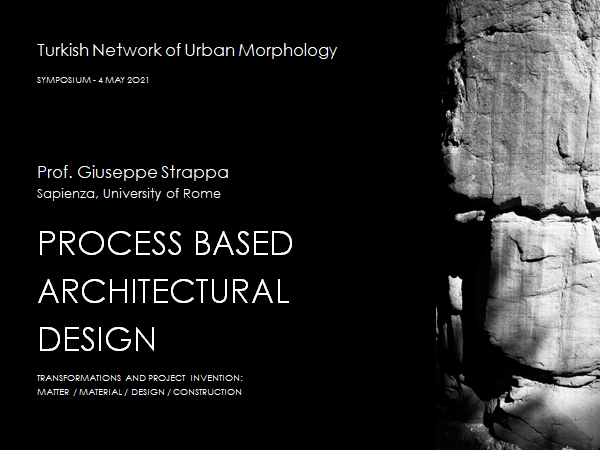
The elementary part of the city
Renato Capozzi – The elementary part of the city
CLICK HERE La parte elementare della città_REV
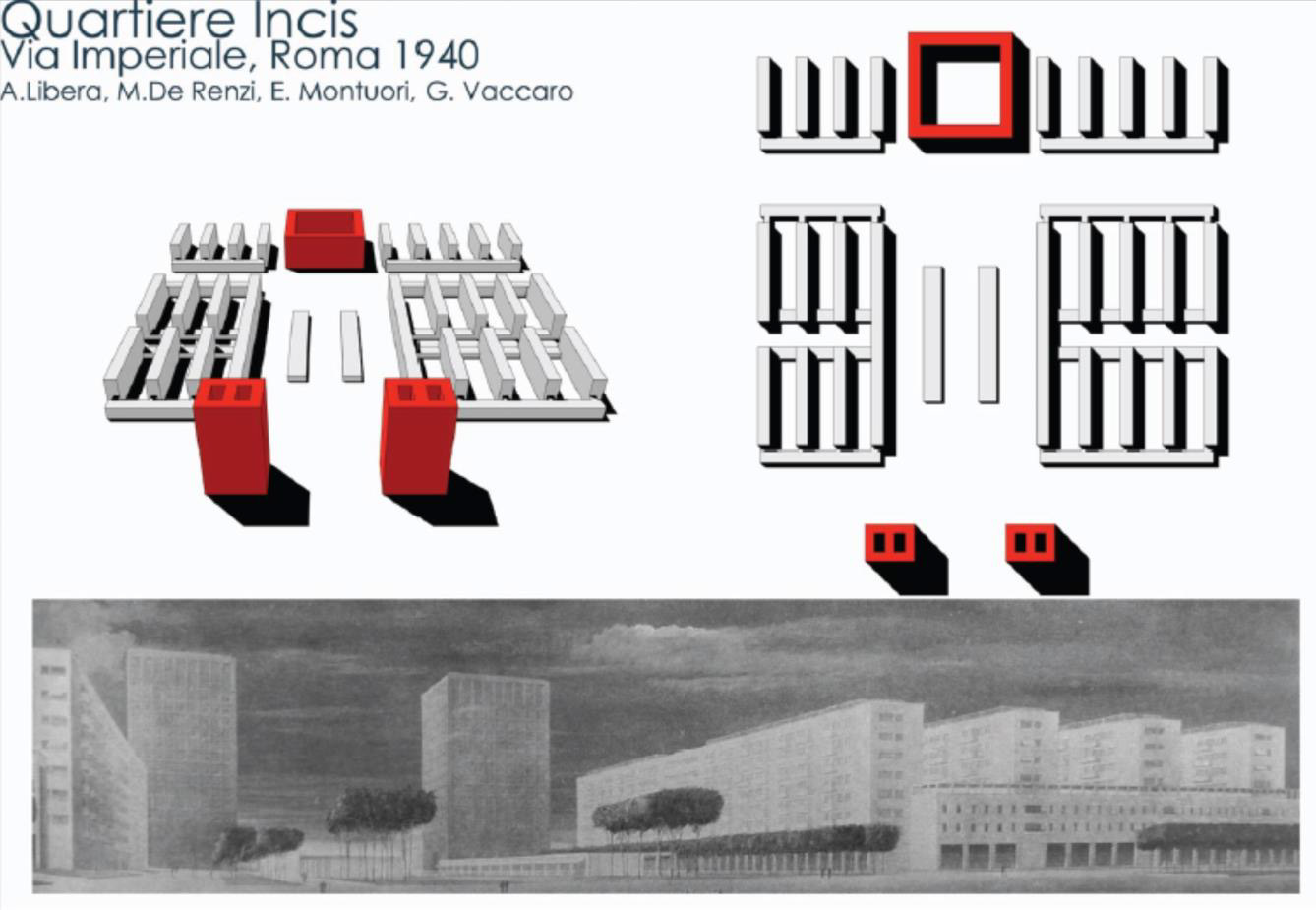
ABSTRACT – The paper reflects on some methodological and operational experiences carried out in the last century and also on the notion of “elementary part” as a method of construction of the residence in the contemporary city in relationship to the nature. The discourse, moving from the Enlightenment’s antecedents as the Squares and Crescents or through the analysis of some projects by the masters of the Modern Movement – also as a critical review of some of his initial assumptions – tries to classify the practice of construction of the city that renounces to the compact city system made by urban blocks, streets, squares and gardens and offers complex neighbour units with large extension and services and free portions of natural soil inside. This hypothesis, that opposing the nineteenth century city, is manifested in projects and constructions that significantly recover the principles of the classical city in a renewed relationship with nature / landscape and with the dialectics between residence and civil centres. An idea of “open and polycentric” city able to contrast the spread of the nebulized city, but without proposing a mere densification but identifying certain repeatable units able to absorb the fragments of the sprawl of the contemporary post-metropolis. Furthermore, this hypothesis can be applied also in some areas of the consolidated city to reintroduce, in its core, selected portions of nature.
The proposed classification is divided into the following sections:
– The classical cities as polycentric city;
– The compact city as unique or whole artifact;
– The city of the Enlightenment: from the square to the courtyard blocks;
– The city of the Modern Movement: utopias, principles and methods;
– The new dimension: quartal, quadras, urban sectors;
– Examples by the masters: Le Corbusier/Hilberseimer/Mies/May;
– The neighbourhood as a self-sufficient part: Libera/Cosenza;
– The idea of the city as set of defined parts: Rossi/Aymonino;
– The idea of polycentric city and elementary part: Monestiroli;
– Development prospects in the periphery and in the consolidated city: Bisogni.
The suggestion structure is defined by investigation of the logical urban composition and by paradigmatic examples taken as reference. CLICK HERE La parte elementare della città_REV
